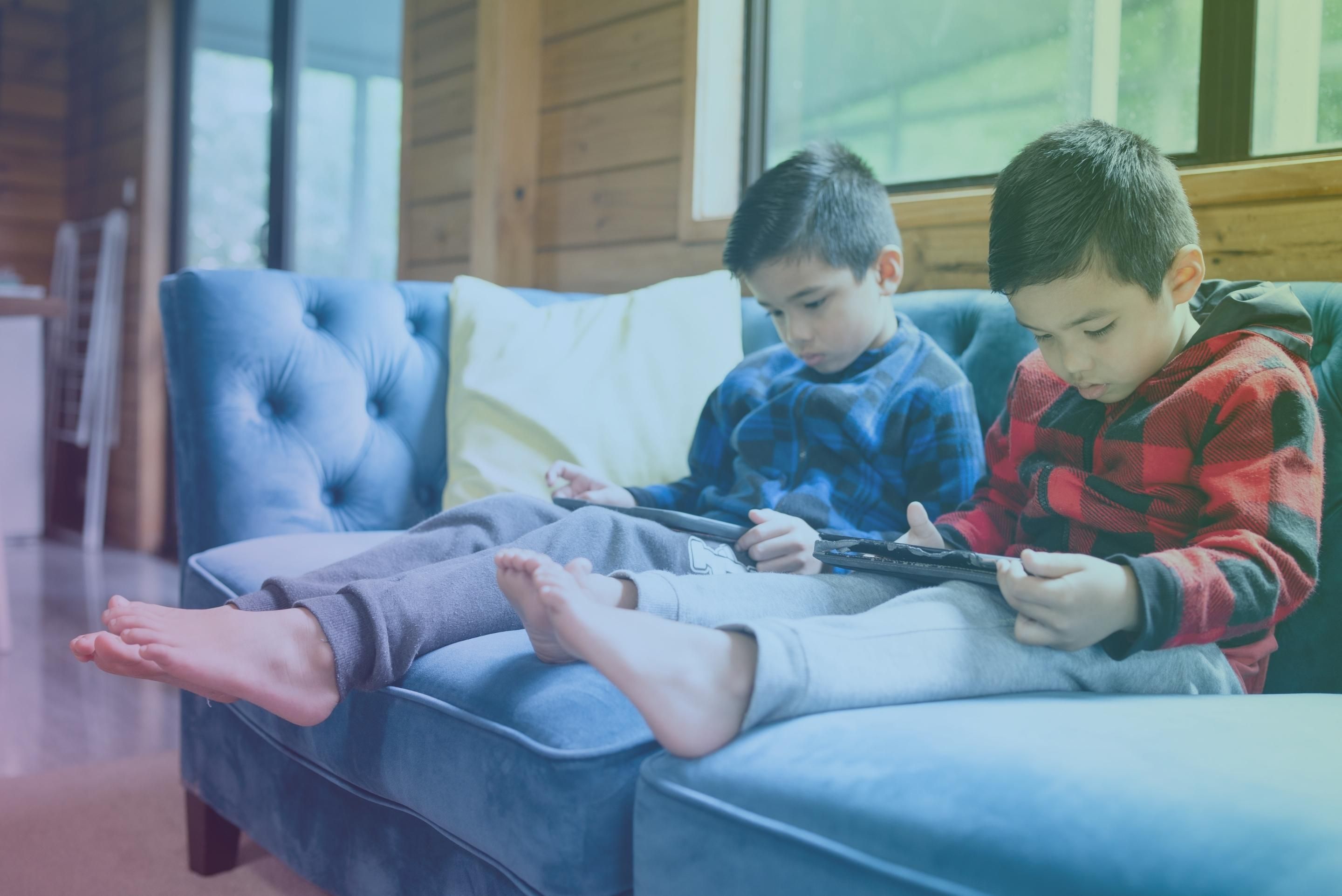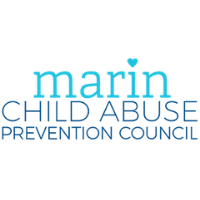
For many families, the past two years have seen a significant increase in screen time. The COVID-19 pandemic, stay-at-home mandates, online learning, and social distancing requirements have led to an increased reliance on digital media for nearly all areas of children's lives. As life begins to get back to normal, parents may struggle with how to establish new limits on screen time usage. Today we share the tips on how to teach children and teens to use screens in healthy, responsible ways.
Dear CPI,
Screen time helped my kids (14, 16) get through the pandemic. Texting, social media, and watching movies helped them stay connected to friends and prevented boredom. But now they’re on their devices all the time and we want to reinstate some limits. We’re worried they’ll think we’re being unfair or too restrictive. How can we bring up this topic with them?
Victor
Dear Victor,
You’re not alone! It’s often difficult for parents and caregivers to set and follow through on screen time limits, but it’s important to teach children and teens to use screens (social media, video games, movies, etc.) in healthy, responsible ways. This teaches them self-regulation skills and prepares them for responsibilities later in life. Here are some tips to try:
Talk with your teens. Have a family meeting about screen time. Acknowledge that you’ve been lenient about screen time rules because of the pandemic. Let them know that was temporary, and now you’d like to create family agreements that provide a healthier balance.
Understand their screen time habits. Before discussing limits, ask questions to better understand your teens’ screen time habits. Remember that screen time isn’t always or automatically harmful. For instance, watching a movie can be enjoyable and provide a break from schoolwork or other challenging tasks. And using technology to read, play active games or exercise, connect with peers, or create art, music, or videos can be beneficial and even help kids develop useful skills for school and future jobs. But too much screen time can contribute to physical health problems (headaches, lack of sleep) and mental health concerns (depression, anxiety), especially if it increases social isolation, decreases physical activity, or exposes kids to bullying or other inappropriate content.
Develop family agreements for screen time. Keep them simple and realistic. Consider setting weekly (versus daily) screen time limits, defining types of content or activities that are acceptable versus off-limits, and agreeing on rules about when and where screens can be used (e.g., “Put away phones while we eat,” or “Turn devices off by 10 p.m.”). Involve your teens in defining these agreements, how they will follow them, and what will happen if they ignore the rules. Remember that logical consequences, such as temporarily removing screen time privileges, are meant to be a teaching tool versus a punishment. Emphasize that the more your teens take responsibility for following the family agreements, the less you have to intervene to enforce the rules. Then focus on setting a good example with your own screen time habits.
Identify other interesting activities. Find out what sports, art, music, and other activities are available (and COVID-safe) at school or in the community. Encourage your kids to pick a non-screen activity they’re interested in and that will fit your family’s schedule and budget. It could be an activity they do alone, together, or even as a family.
Encourage behavior you want to see more of. When your kids do other activities or follow the family agreements on their own, show interest and give your attention. It can be as simple as asking, “What music are you listening to?” or saying, “Thanks for putting away your phones. I really enjoy our dinnertime conversations.” This helps shift everyone’s attention to the things your teens are doing well instead of things you wish they would stop doing.
FINAL THOUGHTS: Teaching kids about healthy screen time limits is one way to help them become confident, competent individuals. And who knows…parents and caregivers could benefit, too!
CPI's monthly parenting article provides tips for families raising children, based on the world-renowned Triple P – Positive Parenting Program, available in Sonoma County at CPI. If you have a question or idea for a future column, please email rociom@calparents.org.
This article is created by Nicole Young, the mother of two children, ages 17 and 21, who also manages Santa Cruz County's Triple P - Positive Parenting Program. Scientifically proven, Triple P is available locally through the Child Parent Institute. Our classes are listed at calparents.org/classes.










